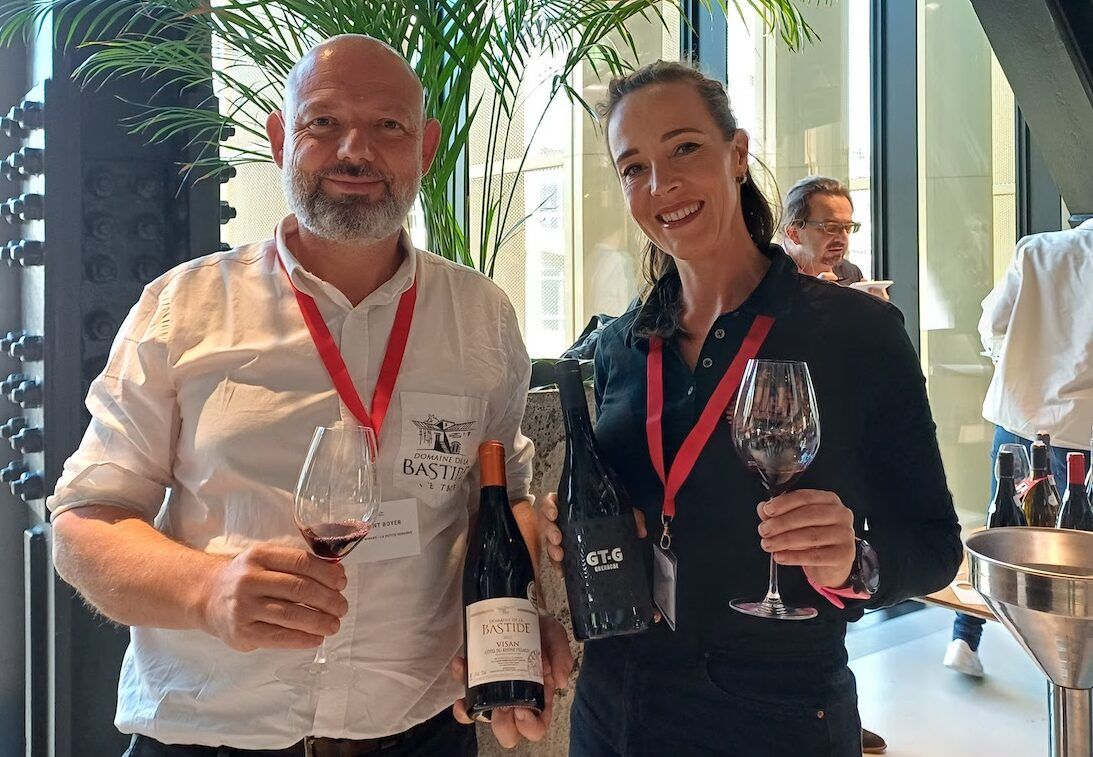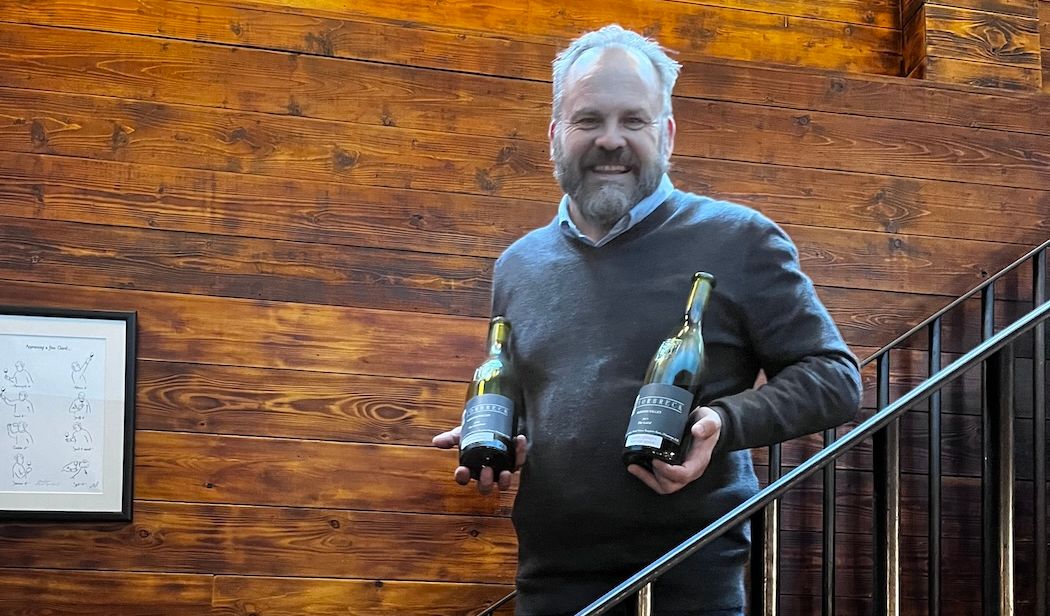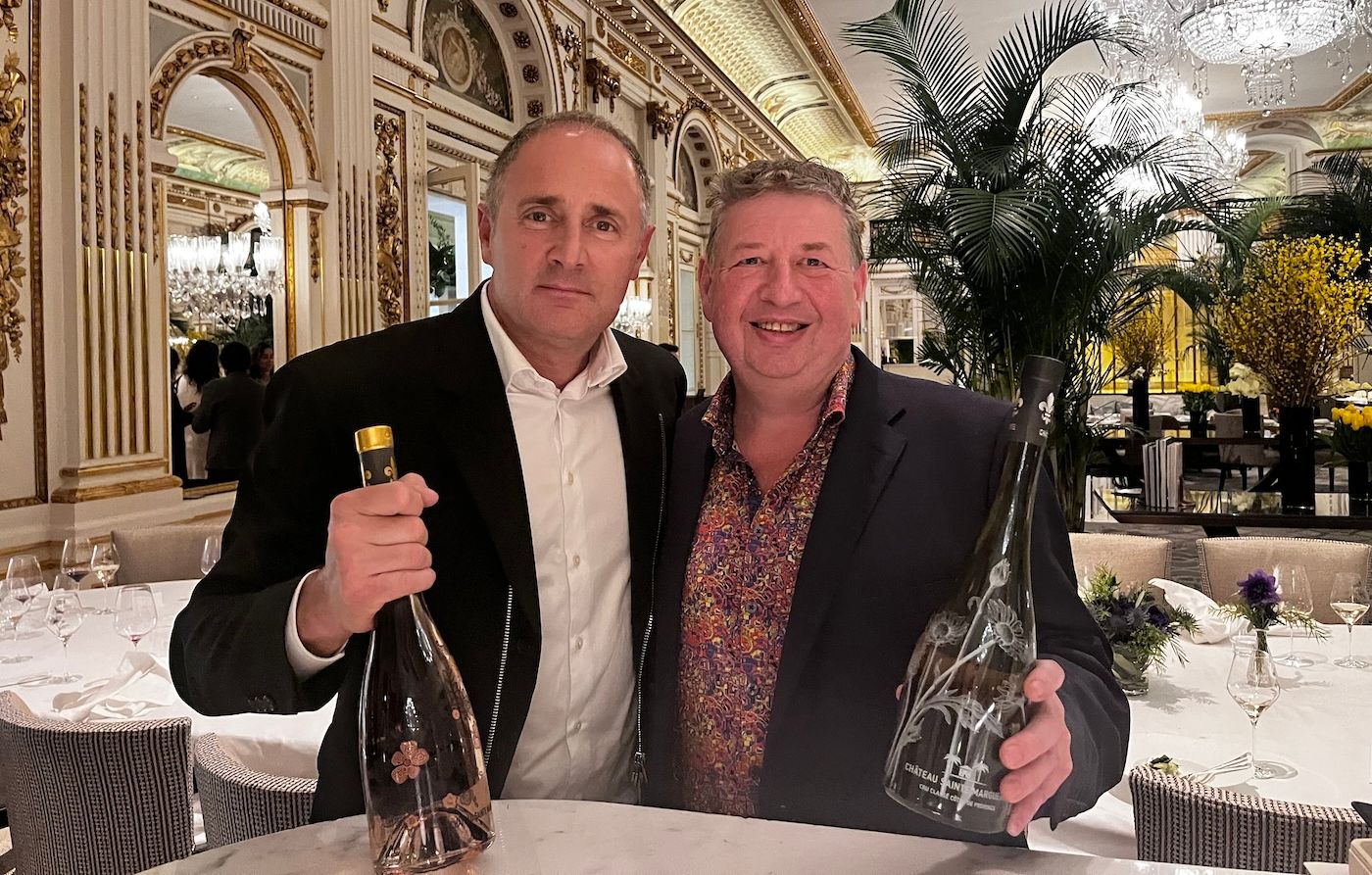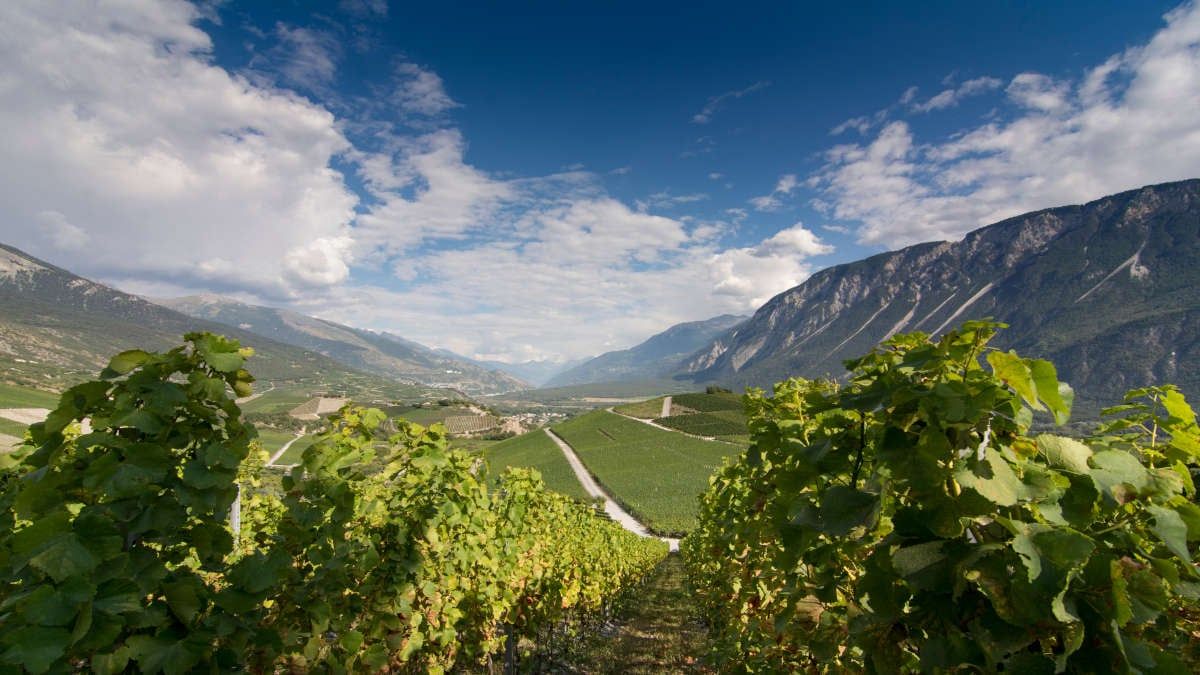Named villages (of which there are just 22 across the entire Southern Rhône) especially, often offer an authentically distinct village identity and Côtes du Rhône wines full of character and interest. They are frequently underpriced for their quality,” writes Dougherty.
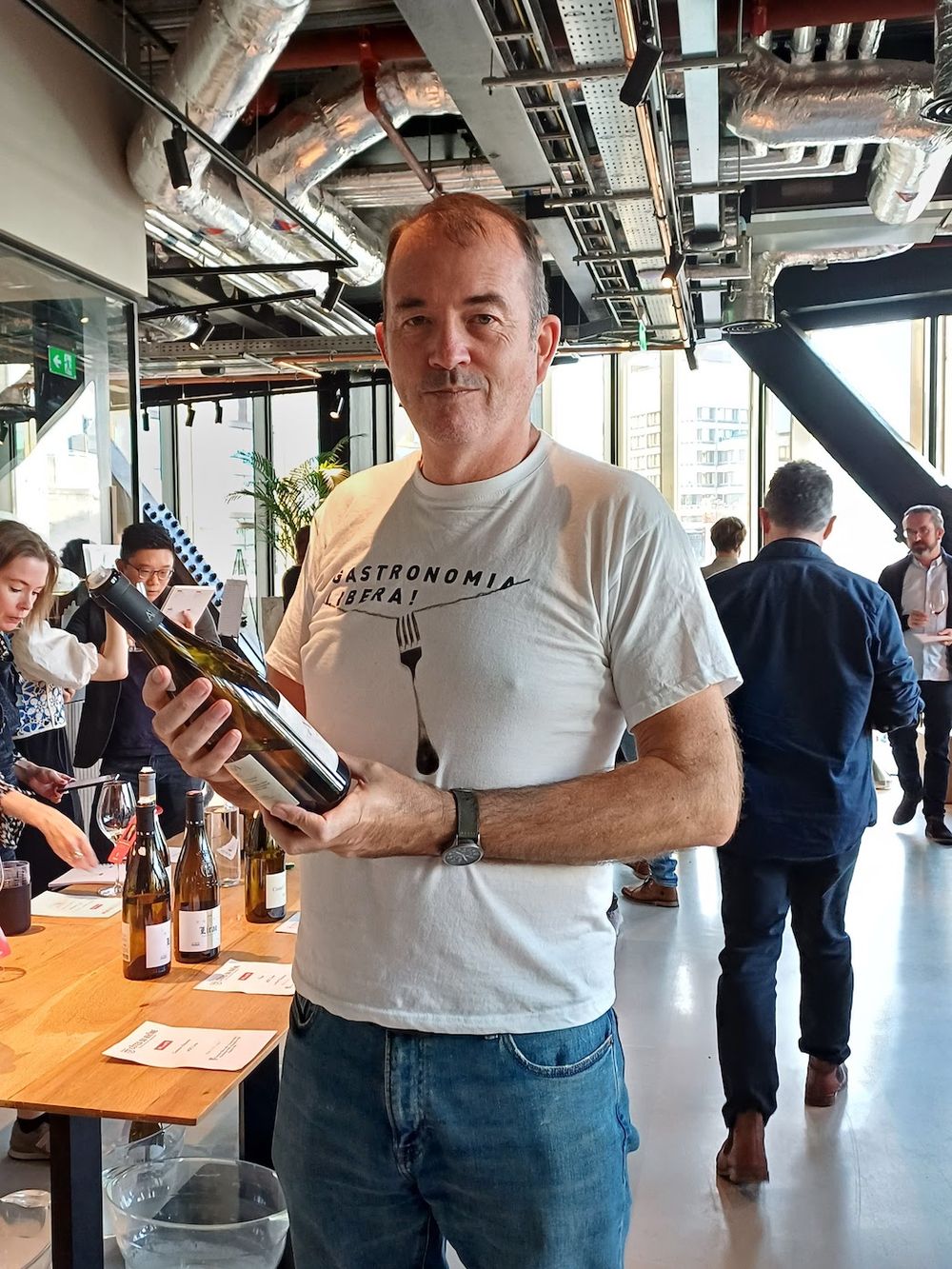
Jamie Goode examined the rising stars of Côtes du Rhône and Côtes du Rhône Villages level
Côtes du Rhône staged a trade and press tasting in London recently, to highlight the breadth of the region’s offer. There were wines from all levels of the Côtes du Rhône quality pyramid, from entry level Côtes du Rhône, Côtes du Rhône Villages and a selection of top villages at Cru level. Though, of course, there was nothing from the most famous Cru of all, Châteauneuf-du-Pape, which does not participate in the Inter Rhône regional body.
Two masterclasses were led by Jamie Goode, the first of which focused on rising stars from the Côtes du Rhône and Côtes du Rhône Villages level, based on a selection made by regional expert Matt Walls. This provided ample evidence for the kind of value and quality that is coming out of the region – named villages (of which there are just 22 across the entire Southern Rhône) especially, often offer an authentically distinct village identity and wines full of character and interest. They are frequently underpriced for their quality – after all, how many consumers have heard of Saint-Andéol, Valréas or Massif d’Uchaux? Wines at this named village level are a happy hunting ground for buyers and sommeliers looking for relative bargains.
The same is not generally true of the Cru villages, especially in the Northern Rhône, where demand is high and production just a tiny fraction of that of the South. The second masterclass was a good opportunity to be reminded of the unique appeal of the grand and ageworthy wines of Condrieu and Hermitage, though these are wines which don’t have to work too hard to earn their place on many a wine list. Of greater commercial interest perhaps were wines from the two southern Crus of Gigondas and Lirac.
Gigondas, usefully in a warming climate, generally manages to maintain a fresh profile, thanks to a combination of altitude and limestone, as the vines ascend the steep slopes of the Dentelles de Montmirail. Quality has been high here for some time and prices are now reflecting this. The appeal of the appellation will be enhanced by the addition of Gigondas Blanc from the 2023 vintage. Up until this year, growers making white wines here have had to label it as simply Côtes du Rhône Blanc.
Lirac, however, is still somewhat under the radar. On the west bank of the Rhône it produces wines of all three colours – which can certainly be an advantage, but perhaps stops it developing a strong identity. Its red wines are generous and rich, though the best have a gentle tension which prevents them being cloying or jammy.
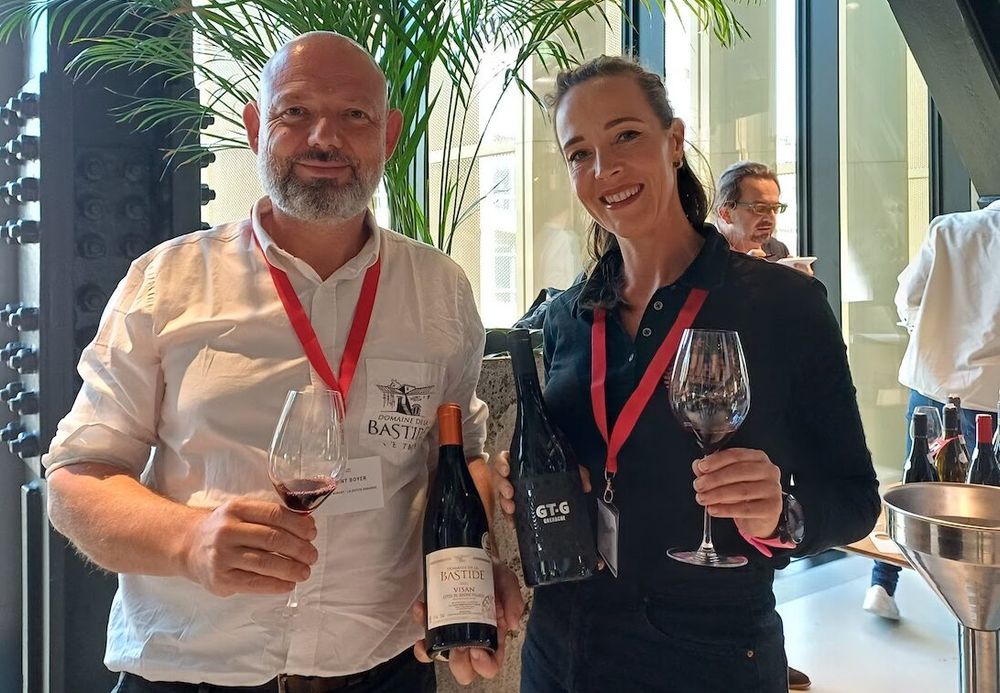
Ann Vermeersch of Le Plan-Vermeersch and Vincent Boyer of Domaine de la Bastide
The challenges facing two producers
Two producers from the Southern Rhône had travelled to London as part of the tasting: Ann Vermeersch of Le Plan-Vermeersch, based in the named village of Suze la Rousse, and Vincent Boyer of organically-certified Domaine de la Bastide in another named village, Visan. Vermeersch’s vineyards are organic, but because their négociant work means that they handle non-organic grapes, their wines are not.
We discussed some of the challenges facing producers in Côtes du Rhône: a list which is, unsurprisingly, topped by concerns about the climate. Boyer noted that there is some kind of climate-related incident every year now. They can adapt, but any changes can take 5-10 years to unwind, so there is a high level of uncertainty.
Something that they both shared was enthusiasm about this year’s harvest. 2023 is “epic” says Vermeersch, with its hot, late summer, finally bringing good ripeness. Which is not to say that it has been easy. They started picking whites in mid-August, but had only just finished picking the reds, in the first week of October. There was also mildew in Spring – but the terrible mildew in 2018 taught them how to be on the lookout for it and this year it acted as a kind of “natural selection” for the final harvest.
At Boyer’s estate the mix of wine styles is 15% white, 15% rosé and the rest red. He seems to be a step ahead of the rest of the Côtes du Rhône (including Crus) which has an overall average of 7% white, 6% rosé and 87% red. The region is at pains to push its white and rosé wine credentials (including its ‘Rhône in White’ tasting in London, plus smaller rosé-focused events earlier this year) and has published its intention to double white wine production in the coming years.
Domaine de la Bastide is imported into the UK by Direct Wines, Connollys Wine Merchants and Stone Vine & Sun; LePlan-Vermeersch by Carringtons.
Top picks from the tasting
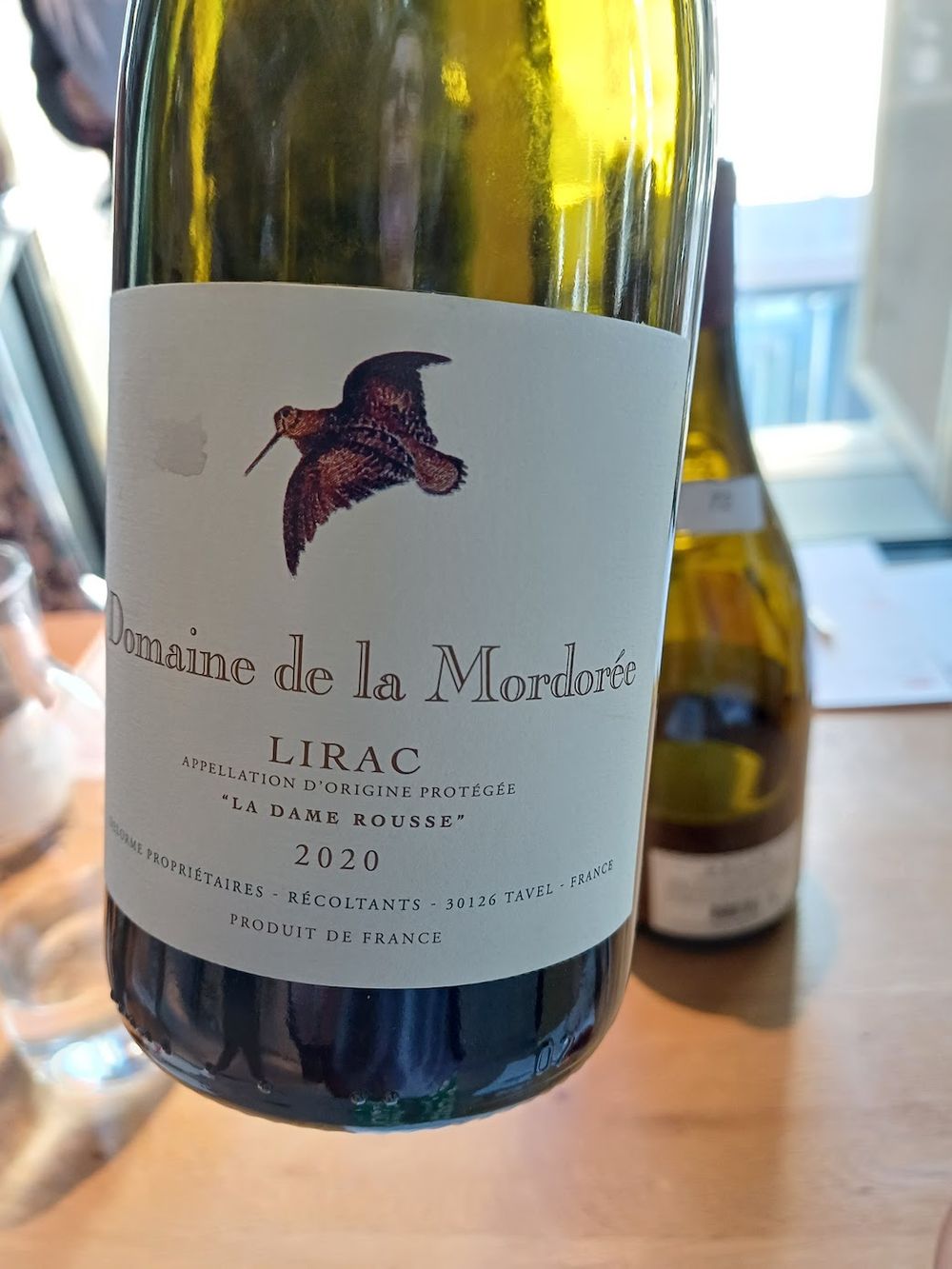
Domaine de la Mordorée, La Dame Rousse 2020, Lirac
From a biodynamic domain, which also makes brilliant rosés in neighbouring Tavel, this elegant yet generous blend of Grenache and Syrah has layers of ripe black berries, a gravelly texture and a neat, juicy finish. (importer – Lea & Sandeman)
Famille Rivoire, Banderet Blanc 2022, Côtes du Rhône
A great example of the modern style of Rhône white. Mostly Grenache blanc, with 30% Viognier, it combines fresh, zingy fruit with a pithy, stony edge and bright acidity. (importer – Les producteurs et vignerons de France)
Domaine des Escaravailles, La Ponce Blanc 2022, Côtes du Rhône Villages
From a Rasteau-based producer (but no white wine in the appellation, hence the Villages label) comes this blend of mostly Marsanne and Roussanne, with a little Clairette and Grenache Blanc. It’s rounded and herbal, with some grapefruit pithiness. (importer – Cambridge Wine Merchants)
Domaine de la Bastide Tradition Rosé 2022, Côtes du Rhône
Mostly Grenache, with some Syrah and Cinsault, this is a grown-up rosé with savoury notes underpinning the rosehip, raspberry and peach fruit. (importer – Connollys Wine Merchants)
Domaine de Dionysos, Le Jardin de Robert 2021, Côtes du Rhône Villages Massif d’Uchaux
Massif d’Uchaux is an under-the-radar enclave in the Southern Rhône, making wines which combine vivid fruit with real freshness. This is an unoaked blend of Carignan, Grenache, Mourvèdre and Syrah, full of dark berry fruit, food-friendly structure and bright acidity. (importer – La Cave de Bruno)
